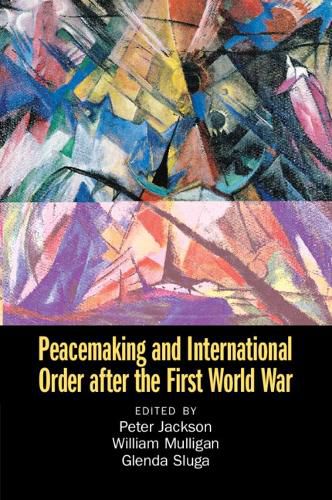Readings Newsletter
Become a Readings Member to make your shopping experience even easier.
Sign in or sign up for free!
You’re not far away from qualifying for FREE standard shipping within Australia
You’ve qualified for FREE standard shipping within Australia
The cart is loading…






The Paris peace settlements following the First World War remain amongst the most controversial treaties in history. Bringing together leading inter-national historians, this volume assesses the extent to which a new international order, combining old and new political forms, emerged from the peace negotiations and settlements after 1918. Taking account of new historiographical perspectives and methodological approaches to the study of peacemaking after the First World War, it views the peace negotia-tions and settlements after 1918 as a site of remarkable innovations in the practice of international politics. The contributors address how a wide range of actors set out new ways of thinking about international order, established innovative institutions and revolutionised the conduct of inter-national relations. They illustrate the ways in which these innovations were layered upon existing practices, institutions and concepts to shape the emerging international order after 1918.
$9.00 standard shipping within Australia
FREE standard shipping within Australia for orders over $100.00
Express & International shipping calculated at checkout
The Paris peace settlements following the First World War remain amongst the most controversial treaties in history. Bringing together leading inter-national historians, this volume assesses the extent to which a new international order, combining old and new political forms, emerged from the peace negotiations and settlements after 1918. Taking account of new historiographical perspectives and methodological approaches to the study of peacemaking after the First World War, it views the peace negotia-tions and settlements after 1918 as a site of remarkable innovations in the practice of international politics. The contributors address how a wide range of actors set out new ways of thinking about international order, established innovative institutions and revolutionised the conduct of inter-national relations. They illustrate the ways in which these innovations were layered upon existing practices, institutions and concepts to shape the emerging international order after 1918.